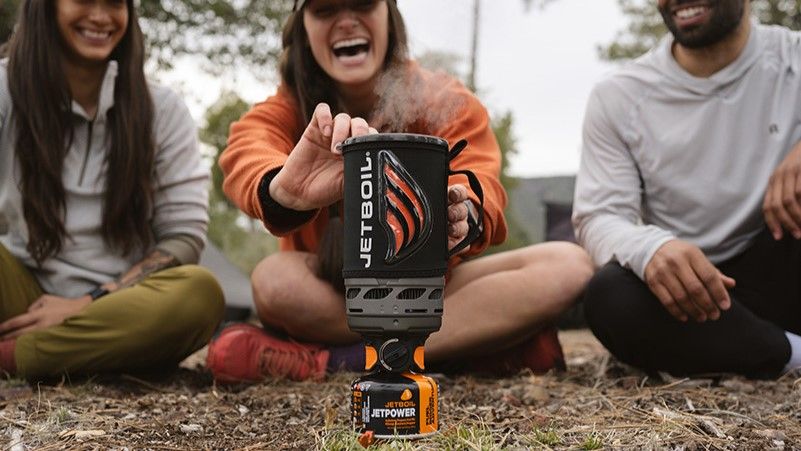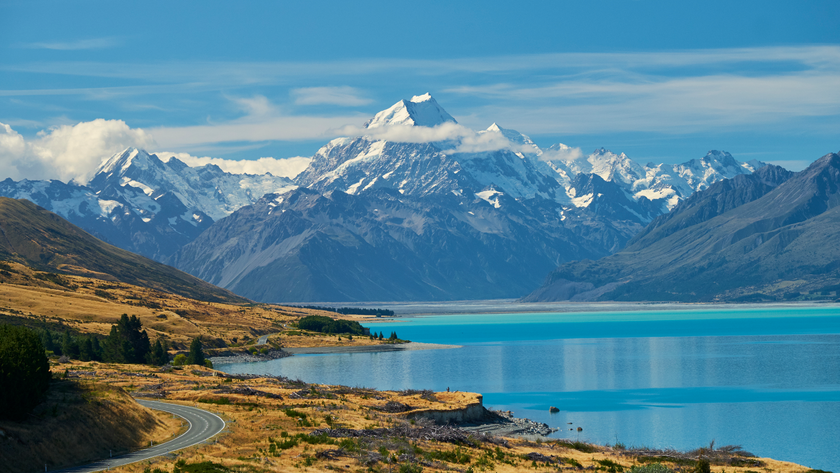Heed weather warnings, warn officials after hikers rescued from extreme winds
Hikers paid the price for ignoring 'severe' weather warnings as violent weather destroyed their tents
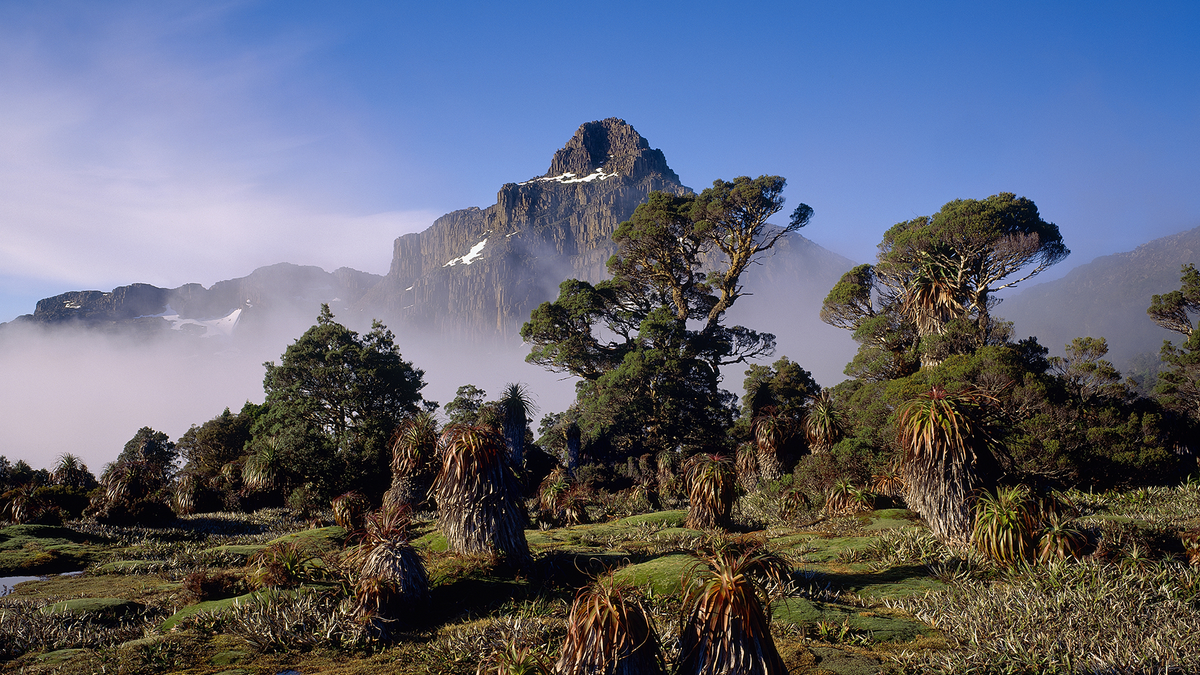
Frustrated authorities have warned hikers and climbers to think twice before they trek, after a search and rescue team braved treacherous conditions to rescue stranded hikers in Tasmania, Australia.
Last weekend, the small group of hikers headed up the Mount Anne mountain, which sits alongside the serene Lake Pedder in South West Tasmania. Despite its beautiful nature, the Tasmanian wilderness can be subject to extreme conditions. Ignoring ‘severe’ weather warnings, the group decided to attempt the hike and camp overnight in the surrounding area.
As the night drew closer, conditions worsened, with winds becoming so strong that the group's tents were ripped apart and completely destroyed. Unable to escape, the panicked hikers contacted local authorities, who immediately sent a search team.
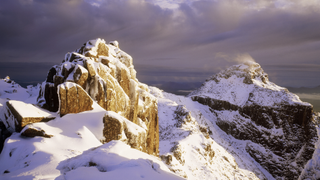
Angry that a search and rescue team had to risk their lives in such harsh conditions, a spokesperson for Tasmanian Police branded the hikers’ decision to ignore forecasts as "remarkable".
“While the group was well prepared with necessary equipment, not recognising the risks associated with those warnings has placed the party and responding search and rescue personnel in danger,” Tasmania Police said on Facebook.
“A severe weather warning had been issued in recent days including for that area, and due to those forecasts it is remarkable that bushwalkers chose to continue.
“Police again remind those venturing outdoors to monitor weather warnings and consider the impact of the weather on their activities.”
Advnture Newsletter
All the latest inspiration, tips and guides to help you plan your next Advnture!
Frustrated by the actions of reckless climbers, Tasmanian Police have been forced to issue similar advice on several recent occasions. Just last month, they decried ill-equipped hikers after rescuing a group of 13 people from the Mount Wellington summit in Hobart. In temperatures down to 26.6°F / -3°C, the large group, which included several children, embarked on the trek with minimal food, water and emergency supplies.
“Bushwalkers should always prepare for the worst. Our emergency service personnel often put their own lives at risk during rescues, so it is frustrating when the situation could have been avoided,” said Police Inspector Darren Latham.
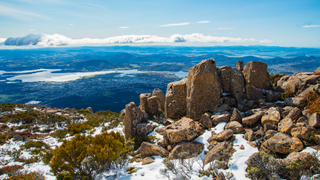
With winter well on its way, hikers must take extra precautions when braving the trails. For a safe, accident free hike, it’s crucial that trekkers are equipped with the right footwear and warm winter clothing.
Having a way of contacting emergency services is also non-negotiable. While mobile phones can sometimes suffice, long lasting tech like satellite communicators are a safer choice for long hikes in the backcountry. Not reliant on a mobile connection, communicators like the Garmin InReach Messenger Plus can be used to call for help in all manner of remote backcountry locations. In the past decade alone, more than 10,000 trekkers have received emergency help thanks to their Garmin InReach device.
For more on how to stay safe on winter trails, check out our ‘7 tips for hitting the trails when the days get shorter’ and ‘9 common winter hiking mistakes you really want to avoid’.
- The best winter hiking boots 2024 for unbeatable performance in the cold
- The best hiking boots 2024 keep your feet warm, dry and protected with our top choices

Will Symons developed his love of the outdoors as a student, exploring every inch of Sussex’s South Downs national park and wild swimming off the Brighton seafront. Now a Staff Writer for Advnture, Will previously worked as a freelance journalist and writer, covering everything from cricket to ancient history. Like most Advnture staff, Will’s time is rarely spent indoors, he can often be found hiking, wild swimming or playing cricket.





